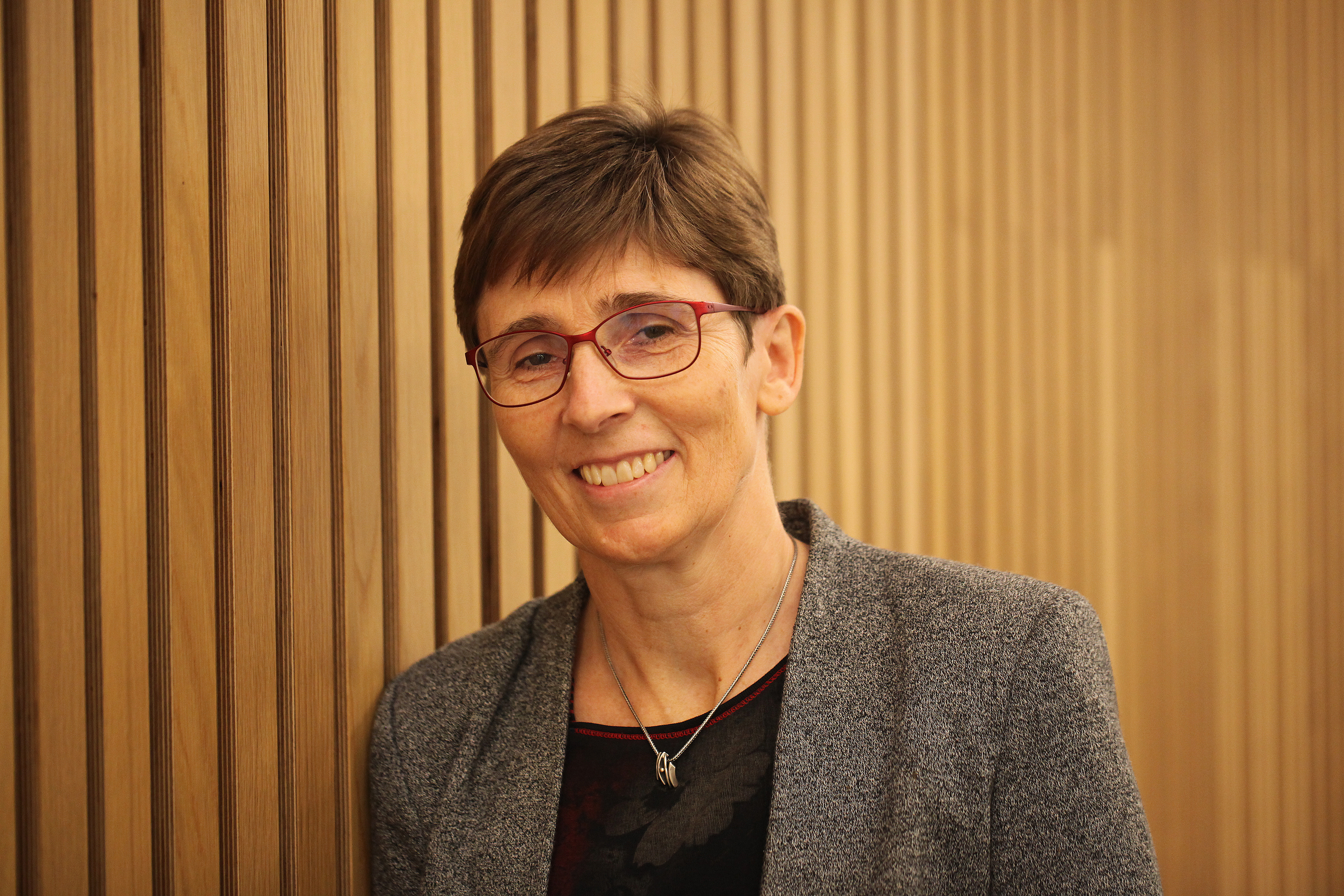2025 AOCS Annual Meeting & Expo.
Processing
Green Extraction of Lipophilic Compounds from Synechocystis sp. PCC 6803 Using Supercritical CO₂

Mads Bjørlie (he/him/his)
Postdoc
Technical University of Denmark
Kgs. Lyngby, Denmark- AG
Adane Tilahun Getachew
Researcher
Technical University of Denmark
Kgs Lyngby, Denmark - DB
Ditte Baun Hermund, PhD
Associate Professor
Technical University of Denmark
Kgs Lyngby, Denmark - YB
Ylva Bruce
R&D Engineer
Research Institutes of Sweden (RISE), Sweden - FS
Frida Sandberg
R&D Engineer
Research Institutes of Sweden (RISE), Sweden - KZ
Kazi Zubaida Gulshan Ara
Researcher
Research Institutes of Sweden (RISE), Sweden - CX
Charilaos Xiros
Senior Researcher
Research Institutes of Sweden (RISE), Sweden 
Charlotte M. Jacobsen, PhD
Professor
Technical University of Denmark
Kongens Lyngby, Hovedstaden, Denmark
Presenting Author(s)
Co-Author(s)
The ALFAFUELS project aims to develop sustainable aviation fuel by utilizing microalgal and cyanobacterial cell factories. Synechocystis sp. PCC 6803, a natural isoprene producer, plays a key role in this process, with isoprene serving as a precursor for aviation fuel through downstream processing. Following isoprene harvesting, the residual biomass remains rich in proteins and lipophilic compounds, including pigments such as chlorophyll a and carotenoids. In this study, we investigated the green extraction of these lipophilic compounds using supercritical CO₂ (ScCO₂). To our knowledge, this represents the first application of ScCO₂ extraction to Synechocystis sp. PCC 6803. ScCO₂ offers several advantages over conventional extraction methods, including the use of CO₂ as an abundant, affordable, and environmentally friendly solvent. Its critical temperature (31.1 °C) and pressure (73.8 bar) make it particularly suited for preserving heat-sensitive compounds. Using response surface methodology (RSM) based on a central composite design, we tested various combinations of temperature (45 – 55 °C) and flow rates of CO₂ and ethanol (4.2/0.5 - 7.4/0.9 mL/min), with the pressure held constant at 300 bar. Initial results showed that temperature and flow rates markedly influenced extraction efficiency, with yields ranging from 38.2% to 129.5%, based on an estimated lipid content of 5% in the biomass as reported in the literature. Ongoing analyses aim to determine the true lipid content of the biomass to refine these findings and validate the optimized conditions for both wild-type and mutant strains of Synechocystis sp. PCC 6803. This study demonstrates the potential of ScCO₂ extraction as a sustainable method for recovering valuable bioactive compounds, contributing to the efficient utilization of cyanobacterial biomass.

.png)